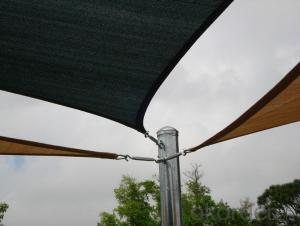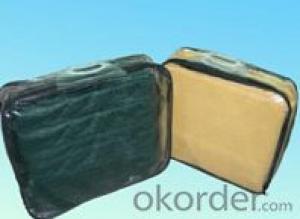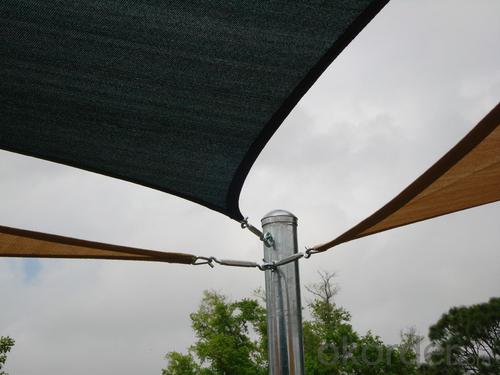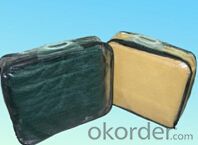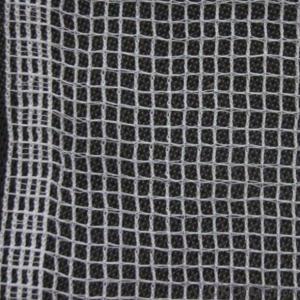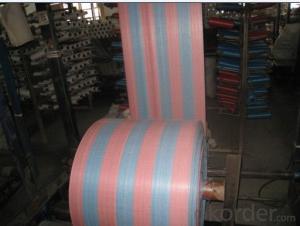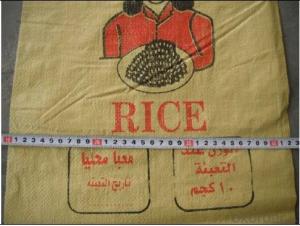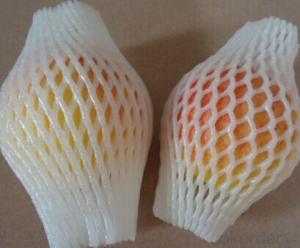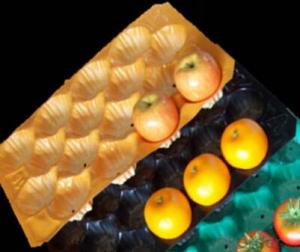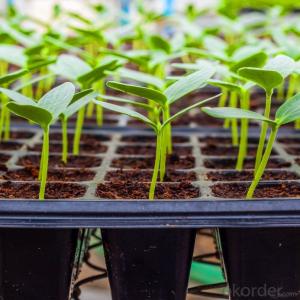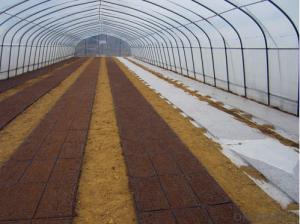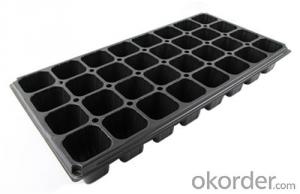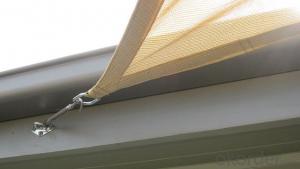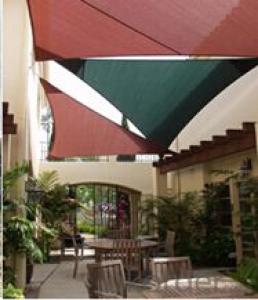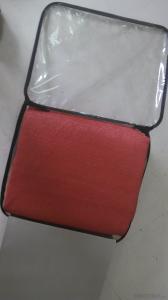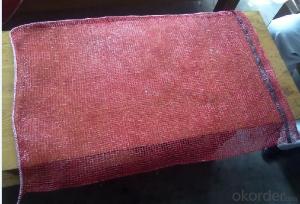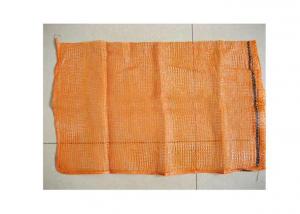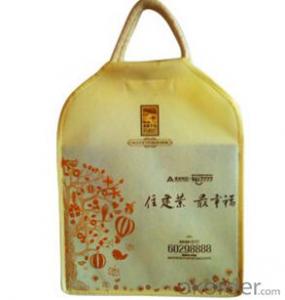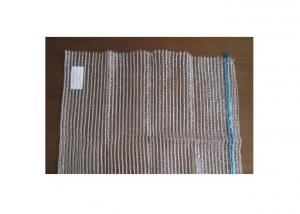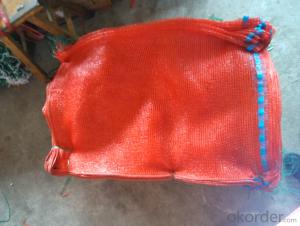Shade Sail water-proof cloth sail 180g beige color with accessory 316ss
- Loading Port:
- Ningbo
- Payment Terms:
- TT OR LC
- Min Order Qty:
- -
- Supply Capability:
- 50000pcs pc/month
OKorder Service Pledge
OKorder Financial Service
You Might Also Like
Shade Sail water-proof cloth sail 160GSM with accessory 316SS
Shade Sails protect and shade you from the severe effects of the sun's heay & UV rays. Some areas of the world call them Sun Sails.
They make a beautiful additions to your patio, backyard, or other outdoor areas.
Net weight: 160g/m2--320g/m2
Size: 3x3m, 3.6x3.6m 3x3m, 3x3x3m,5x5m,5x5x5m and so on UV block: 85-95%
Material: 100% virgin HDPE
Using life: 5 ~10 years Gurantee
Export market: Europe ,America,Japan, the Middle East ,Africa
Shape: Square, Triangle , Rectangle
Packaging & DeliveryPackaging Detail: Each piece of sail will be put into a pvc hadle bag with a color label inside, seveal pcs packaging into a paper carton with shipping mark.
Product Description of shade sail shade cloth:
The perimeter of each sail is designed with a gentle cantenary curve inwards towards the center of the sail to control the fabric tension. Shade sails have reinforced webbing around the perimeter and marine stainless steel D or "Delta" rings at each corner. When properly tensioned, shade sail fabric will not wrinkle, sag, or flap in the wind.
- Q: Does plastic surgery LITERALLY contain any plastic??
- Many people have the mistaken belief that plastic surgery got its name because it involves the use of some sort of plastic or other manmade material, when in fact, the term plastic surgery comes from the Greek word plastikos, which means to mold or to shape. By the way, the first published use of that word was by German surgeon Karl Ferdinand von Graefe (1787–1840), one of the pioneers of plastic surgery.
- Q: Are agricultural plastic products customizable?
- Yes, agricultural plastic products are customizable. They can be designed and manufactured according to specific requirements and needs of farmers, such as size, shape, color, and functionality. Customization allows for tailored solutions to address various agricultural needs, including crop protection, irrigation, packaging, and storage.
- Q: This question asks for a comparison of the benefits and drawbacks of employing bioplastics in agricultural practices.
- <p>Advantages of using bioplastics in agriculture include reduced environmental impact due to their biodegradable nature, which helps in reducing plastic pollution. They can also improve soil health by decomposing and releasing nutrients. Additionally, bioplastics can be tailored for specific agricultural needs, such as controlled-release fertilizers or mulches that break down at the right time. Disadvantages include higher production costs compared to traditional plastics, which can be a barrier for widespread adoption. There are also concerns about the efficiency of biodegradation under different environmental conditions, which might lead to incomplete decomposition. Lastly, the production of bioplastics can compete with food crops for land and resources, potentially impacting food security.</p>
- Q: ok well last night while i was cooking i somehow managed to melt some plastic which gave off fumes obviously. As soon as i notices my flatmates and I opened all the windows etc and removed the plastic but inevitably she inhaled some the fumes. we was in there for about 10 minutes max sorting it out. I know that it is not good for you with the the chemicals released but how bad will 10 minutes be???? also take into account this was like 12 hours ago too thanks
- What do you need a pen for? Use a big plastic bottle. Burn a cig hole in the side and put the joint into that. Inhale from the top.
- Q: what is 1 advantage and 1 disadvantage of producing plastics?
- if is biodegradable: advantage: less pollution (land and air)w hen is disposed disadvantage: more costly to make biodegradable plastics. factory process is more complicated
- Q: Can agricultural plastic products be used for greenhouse construction?
- Yes, agricultural plastic products can be used for greenhouse construction. These plastic products are often utilized for covering greenhouse structures as they provide insulation, UV protection, and light diffusion. Additionally, agricultural plastic films are cost-effective, lightweight, and durable, making them suitable for greenhouse construction.
- Q: What do each of the numbers on plastics mean?
- PET (PETE), polyethylene terephthalate. HDPE, high-density polyethylene. PVC, polyvinyl chloride. LDPE, low-density polyethylene, PP, polypropylene. PS, polystyrene. Other types of plastics (see list, below)
- Q: Are nursery trays suitable for starting flower bulbs?
- No, nursery trays are not suitable for starting flower bulbs as they typically have shallow compartments that do not allow for proper root development and adequate space for bulb growth. It is recommended to use deeper containers or pots specifically designed for bulb planting.
- Q: What are some environmentally friendly ways that are currently being investigated to reduce plastic waste?
- very confusing problem. try searching in yahoo or google. this could actually help!
- Q: How are plastic compost bins used in agriculture?
- Plastic compost bins are used in agriculture to efficiently and effectively convert organic waste into nutrient-rich compost. Farmers and gardeners collect and deposit organic materials such as crop residues, kitchen scraps, and livestock manure into these bins. The plastic bins provide a controlled environment for the decomposition process, promoting the breakdown of organic matter into compost through natural microbial activity. This compost can then be used to enrich the soil, improving its fertility and overall productivity. Additionally, plastic compost bins offer the advantage of being lightweight, portable, and easy to maintain, making them a popular choice for small-scale agricultural operations.
Send your message to us
Shade Sail water-proof cloth sail 180g beige color with accessory 316ss
- Loading Port:
- Ningbo
- Payment Terms:
- TT OR LC
- Min Order Qty:
- -
- Supply Capability:
- 50000pcs pc/month
OKorder Service Pledge
OKorder Financial Service
Similar products
Hot products
Hot Searches
Related keywords
